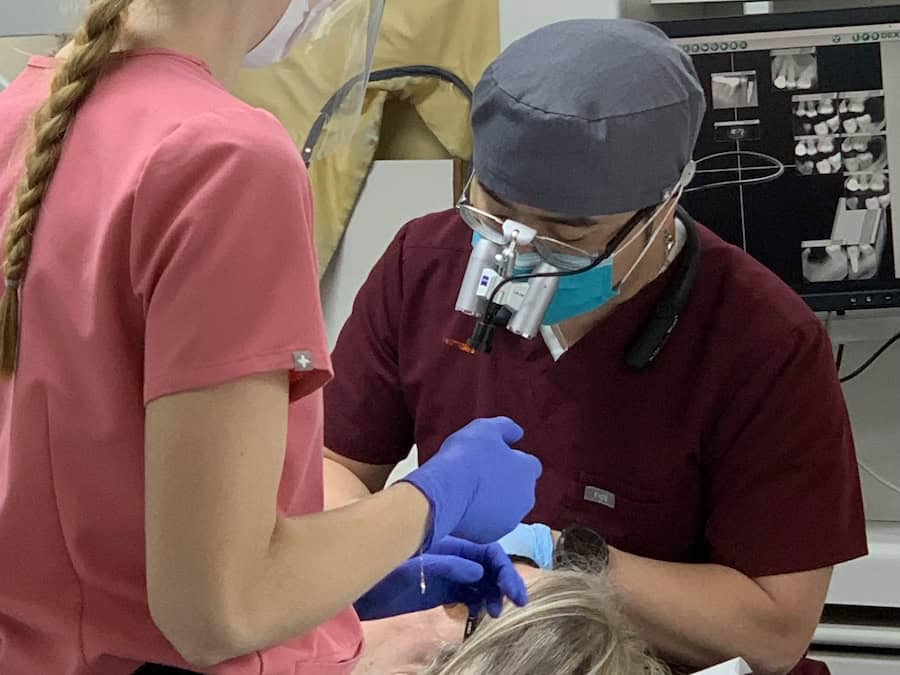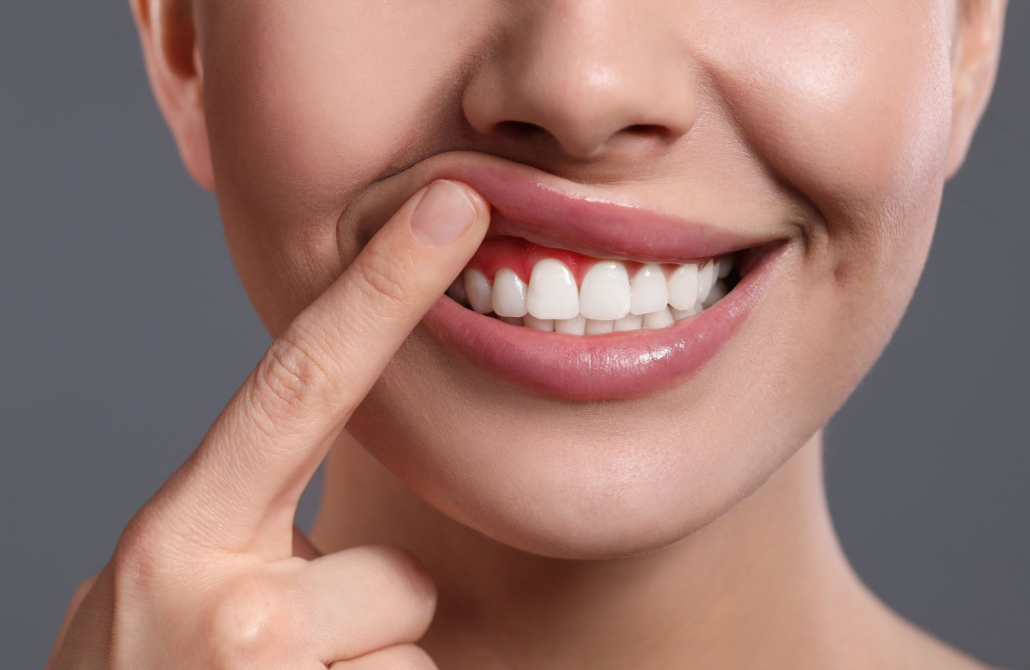Dental extractions might sound intimidating, but they are a routine procedure that can significantly improve your oral health. At Vedder Dental Clinic in Chilliwack, BC, we understand your concerns and aim to make every extraction as comfortable and straightforward as possible. Let’s delve into the process, reasons, and benefits of dental extractions, and see how our clinic ensures a positive experience for all our patients.

Common Reasons for Dental Extractions
There are several reasons why a tooth might need to be extracted, and understanding these can help ease any anxiety you might have.
- Severe Tooth Decay: When decay reaches the tooth’s pulp, causing infection, an extraction may be necessary to prevent the spread of infection and alleviate pain. While root canals are often the first line of defense, sometimes the damage is too extensive, making extraction the best option.
- Gum Disease: Advanced periodontal disease can damage the tissues and bone supporting the teeth, leading to loose teeth. In such cases, removing the affected teeth can help protect the remaining teeth and restore oral health.
- Overcrowded Teeth: Overcrowding can prevent teeth from aligning correctly, leading to a host of dental problems. Extracting one or more teeth can create the necessary space for proper alignment, often in preparation for orthodontic treatments.
- Impacted Wisdom Teeth: Wisdom teeth often don’t have enough room to emerge properly, leading to impaction. This can cause pain, swelling, and infection. Removing impacted wisdom teeth can prevent these complications and maintain overall oral health.
- Dental Trauma: Teeth that are severely damaged by trauma might need to be extracted if they can’t be saved. This is crucial to prevent infection and preserve the health of surrounding teeth.
The Extraction Procedure Explained
Understanding what happens during a dental extraction can greatly reduce any apprehension.
There are two main types of dental extractions. Simple extractions are performed on visible teeth and involve loosening the tooth with an elevator and removing it with forceps. Surgical extractions are more complex and are required for teeth that are not fully erupted or are broken below the gum line. This type of extraction may involve making an incision in the gum to access the tooth.
During a simple extraction, local anesthesia is applied to numb the area, ensuring you feel no pain. The dentist will then use an elevator to loosen the tooth and forceps to remove it. The procedure is quick, usually taking only a few minutes per tooth.
Surgical extractions involve a more detailed process. The dentist may need to make a small incision in the gum to reach the tooth. Sometimes, the tooth is cut into smaller pieces to facilitate easier removal. This procedure is often used for impacted teeth or teeth with long, curved roots.
Pain Management and Anesthesia Options
One of the biggest concerns about dental extractions is pain. At Vedder Dental Clinic, we offer the following options to ensure your comfort.
- Local Anesthesia: This is the most common form of anesthesia used in dental extractions. It numbs the specific area around the tooth, ensuring you feel no pain during the procedure. You will be awake but completely comfortable.

- Sedation Dentistry: For patients with dental anxiety or those undergoing more complex procedures, oral sedation is an excellent option at Vedder Dental Clinic. This involves taking a mild sedative pill before the procedure to help you relax. While you remain awake, the sedative helps alleviate anxiety and creates a calm, comfortable experience. For deeper sedation needs, we refer patients to specialized providers to ensure the highest level of care.
- Post-Extraction Pain Relief: After the extraction, managing pain and discomfort is a top priority. Over-the-counter pain medications are usually sufficient, but your dentist may prescribe stronger painkillers if needed. Applying ice packs and following post-care instructions will also help minimize discomfort and speed up recovery.
Aftercare and Recovery Tips
Proper aftercare is crucial for a smooth and quick recovery from a dental extraction.
After the extraction, you’ll be given gauze to bite down on to stop the bleeding. It’s important to keep this in place for the recommended time to allow a blood clot to form in the socket, which is essential for healing.
Swelling and mild discomfort are common after an extraction. Applying an ice pack to the outside of your cheek can help reduce swelling. Over-the-counter pain relievers, such as ibuprofen, can help manage any pain.
Sticking to soft foods for the first few days post-extraction is essential. Avoid hot, spicy, or crunchy foods that could irritate the extraction site. Gradually reintroduce solid foods as you heal.
Addressing Common Fears and Concerns
Fear of dental procedures is common, but understanding the facts can help ease your mind.
- Fear of Pain: With modern dental techniques and effective anesthesia, dental extractions are virtually pain-free. The sensation is more of pressure rather than pain. Post-procedure discomfort is manageable with medication and proper care.
- Anxiety About Dental Procedures: Our team at Vedder Dental Clinic is well-trained in managing dental anxiety. From providing detailed explanations to offering sedation options, we do everything possible to ensure you feel comfortable and relaxed.
- Myths vs. Facts: There are many myths surrounding dental extractions, such as the belief that extractions are always painful or that they will cause lasting problems. In reality, extractions are often the best solution for preventing further dental issues and improving overall oral health. Trusting your dentist and asking questions can provide the reassurance you need.
At Vedder Dental Clinic, your health and comfort are our top priorities. Whether you need a dental extraction or other dental services, our team is dedicated to providing the highest level of care in a compassionate and supportive environment. Trust us to make your dental extraction experience as smooth and stress-free as possible.




